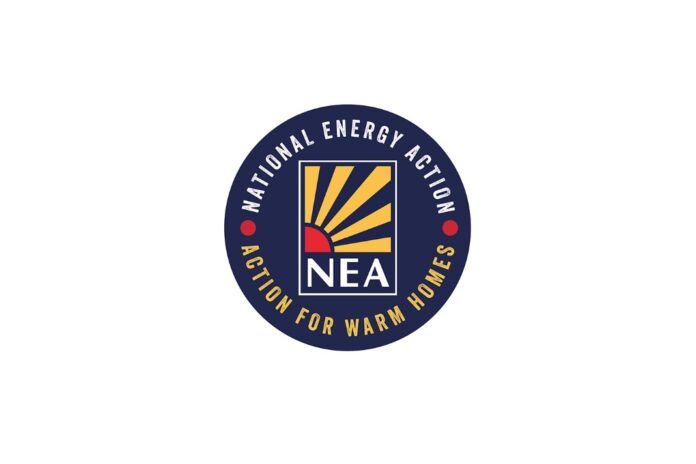
New analysis by National Energy Action (NEA), a fuel poverty charity, revealed that Stoke-on-Trent has the greatest proportion of households living in fuel poverty at 24.7%, replacing Birmingham.
Birmingham still has the highest total number of households living in fuel poverty with 105,201 living under the poverty line in a cold home, an increase of 0.8%. All five local authorities were in the West Midlands, NEA found.
The data has a time lag of almost two years. The researched found that in the winter of 2022-23 the annual energy bill peaked at £2,500 for the typical household, but the true impact of the cost was cushioned by the government’s Energy Bills Support Scheme, which gave households £400.
Adam Scorer, chief executive of National Energy Action said: “Nowhere wants to be at the top of this league table. This data shows how fuel poverty hits different parts of England harder – areas with the lowest incomes and draughtiest homes.
“Winter 2022-23 was, we hope, the peak of the energy crisis. but this doesn’t mean the government can consider the crisis over. Bills remain far higher than pre-crisis levels. Households remain dangerously exposed to volatile wholesale energy prices because of how draughty our homes are and how weak household finances have become. Energy debt has reached record levels.
“The government has much to do to make sure fuel poverty of this scale does not remain a fact of life. A social tariff would protect those on the lowest incomes going forward, a ‘help to repay’ debt scheme would lift people out of a downward spiral, and large-scale investment in energy efficiency would make homes warm and cheaper to heat in the long-term.”
There are also limitations with how the data is calculated. It is based on the Low Income Low Energy Efficiency (LILEE) indicator, which takes into account household income, energy requirements and fuel prices but there are limitations with this definition. Those in homes with an EPC rating of C or above are not counted as fuel poor no matter their income or energy costs.
The number of households in fuel poverty across the five worst affected local authorities totals 218,976, an increase of 13,226, a statement added.
